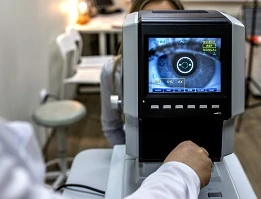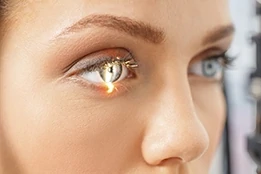LASIK Night Vision: Symptoms and Side Effects
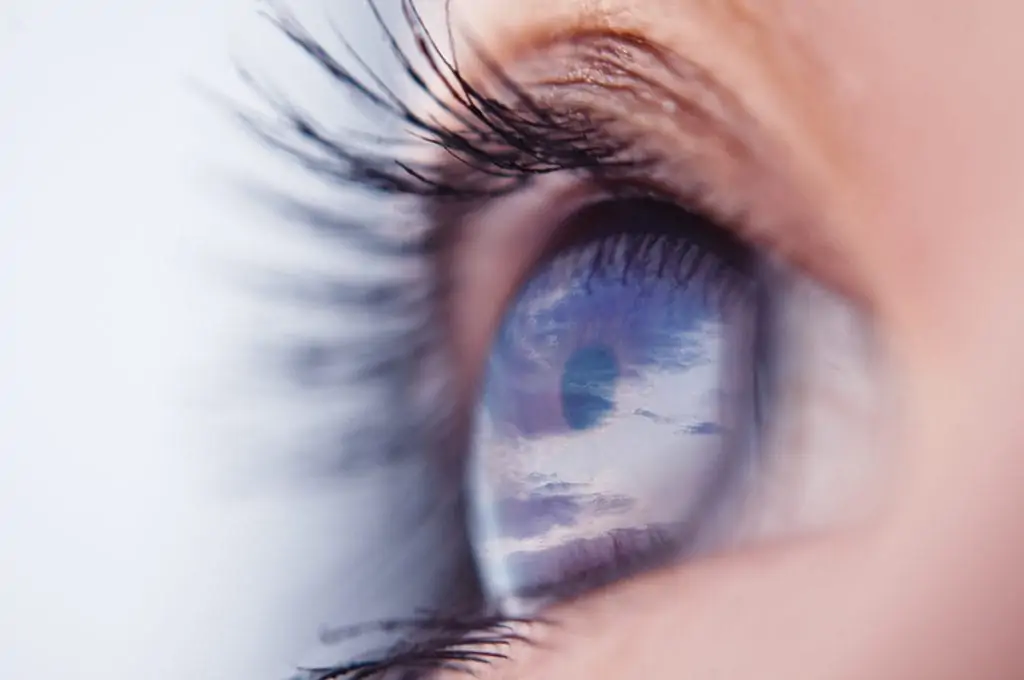
When weighing the decision to have LASIK – or any surgery – it is important to take a close look at the benefits and risks, including side effects like night vision after LASIK. The benefits of LASIK are widely touted – great vision without the hassle of glasses or contacts. More than 19 million people in the U.S. have chosen LASIK for their vision correction and the latest research findings show that patient satisfaction, particularly with the latest LASIK technologies, is at an all-time high of up to 98 percent.
The clinical experience and an enormous amount of research support LASIK as a safe and effective means of improving vision. And, as with all surgery, there are risks to be aware of in order to make an informed, confident decision. The good news is there is an extremely low rate of complications associated with LASIK – less than 1 percent for significant, sight-threatening issues.
LASIK Night Vision and Other Common Recovery Side Effects
However, there are reports of side effects some patients experience, primarily as part of the healing process. The most recent research into the procedure takes a close look into LASIK side effects which include night vision visual symptoms such as glare, halos, ghosting, and starbursts, as well as dry eye after LASIK.
LASIK Night Vision Recovery Time
During the normal recovery period after LASIK, people may experience light sensitivity, including night vision visual symptoms. Typically side effects such as glare, halos, ghosting, and starbursts gradually resolve by themselves over a period of a few weeks or months, perhaps as long as a year. Some people require additional courses of eye drops to help reduce inflammation and/or dry eye that can contribute to visual symptoms. On the rare occasion, less than 5 percent of the time, glasses, contact lenses, or additional LASIK treatment may be needed to smooth out any remaining nearsightedness, farsightedness, astigmatism, or higher-order aberrations on the cornea that contribute to visual symptoms.
LASIK Night Vision Study
In fact, night vision visual symptoms have been carefully analyzed in recent studies and, in the majority of cases, are found to be reduced following LASIK far more frequently than they are increased:
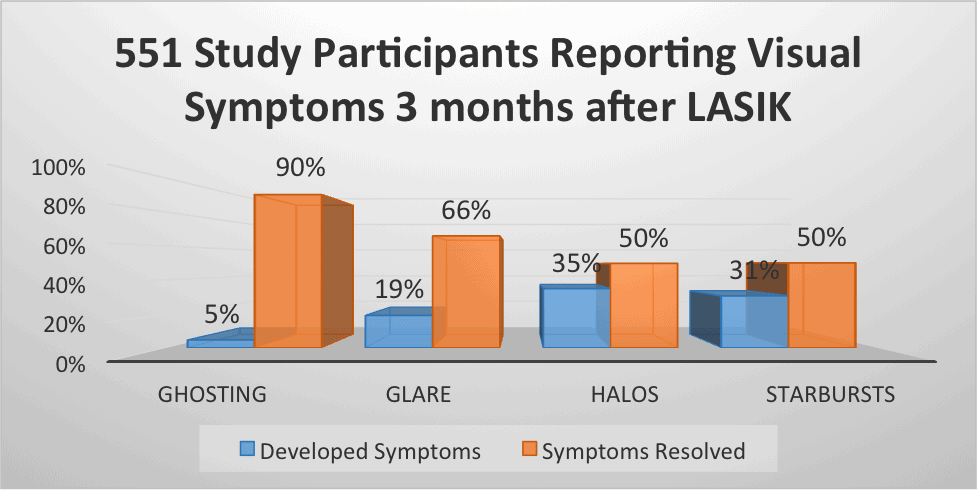
In addition to the findings presented in the above chart, the number of patients in PROWL-1 and PROWL-2 reporting bothersome visual symptoms (very and extremely) was much higher before having the LASIK procedure. Importantly, only one patient out of 551 (PROWL-1 and PROWL-2) reported having LASIK side effects severe enough to interfere with activities.
Advancing Technology Improving the LASIK Experience
Today’s modern LASIK technologies and techniques are dramatically more precise than previous generations of treatment. They have radically decreased the rate of LASIK side effects related to night vision visual symptoms and actually improve the quality of vision for the majority of people. When discussing your vision during your initial consultation with your LASIK surgeon, it is important to discuss not just your prescription, but the quality of your vision including your existing experience with visual symptoms such as glare and halos.
The American Refractive Surgery Council keeps you up-to-date with the most accurate information on vision correction. All articles are reviewed by the Refractive Surgery Council Editorial Advisory Board and given the Refractive Surgery Council Verified Seal, this represents our promise that every word and article we share represents the highest standards in the field of refractive surgery.

